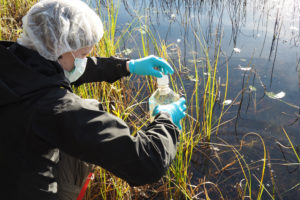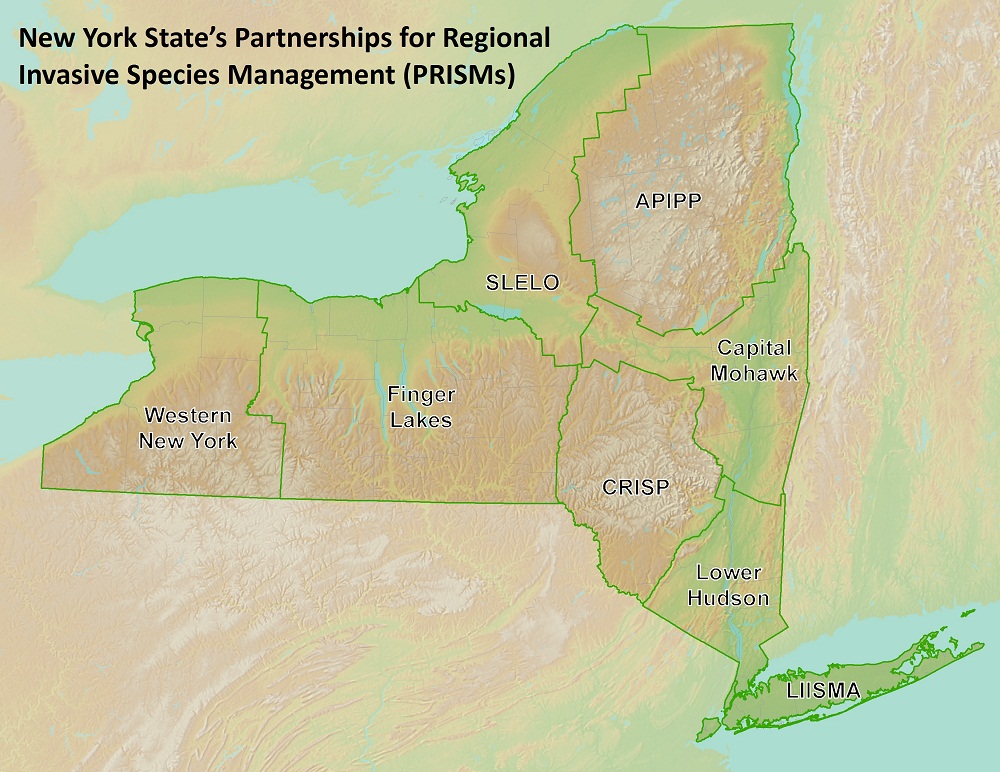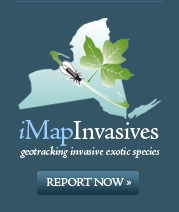Using eDNA to Inventory Invasive Species
Ecological surveys of biodiversity provide fundamental baseline information on species occurrence and the health of an ecosystem, but can require significant labor and taxonomic expertise to conduct. However, as the cost of high-throughput DNA sequencing has plummeted in recent years, DNA from environmental samples (eDNA) has emerged as a cost-effective source of biodiversity data.
 Environmental DNA is made up of floating fragments of genetic code left behind by aquatic plants or animals. Much like fingerprints can be used to establish a person’s presence in a place, researchers can test for the presence of an organism by scanning for its eDNA match.
Environmental DNA is made up of floating fragments of genetic code left behind by aquatic plants or animals. Much like fingerprints can be used to establish a person’s presence in a place, researchers can test for the presence of an organism by scanning for its eDNA match.
While eDNA has been successfully used to evaluate fish, it has been a challenge to use the technique on plants. A recent study published by Dr. Maria Kuzmina and colleagues at the University of Guelph show the feasibility of using eDNA for detecting aquatic plants.
eDNA is fairly stable in cold environments, but breaks down quickly in warmer water. To make matters worse, sometimes plant “fingerprints” don’t make any sense because plants often interbreed to create hybrids.
Through careful design and selection of DNA markers, Dr. Kuzmina’s team was able to use eDNA to survey freshwater systems for pondweeds. “The goal was to design a method that can be used to detect rare or endangered species of pondweeds,” stated Dr. Kuzmina. “Narrowing the search allowed the method to be more sensitive and interpretation of the results more reliable.”
Sequencing of eDNA is a promising avenue for delivering large volumes of high-quality data on where species occur. These methods are currently being refined to answer specific questions such as detection of endangered or invasive species, or as bioindicators of water or soil quality. In this study, Dr. Kuzmina and colleagues showed that targeted eDNA sequencing of specific plant groups like pondweeds can yield important ecological information.
These tools are being uses in the Finger Lakes and this new research provides opportunities for expanding the approach. For example, researchers at Hobart and William Smith Colleges have used eDNA to detect bloody red shrimp and here is a video overview from Dr. Rod Getchell at Cornell on using eDNA to detect and monitor invasive species in New York State.




